Chile’s SERNAPESCA reports the lowest rate of antimicrobial use in 16 years
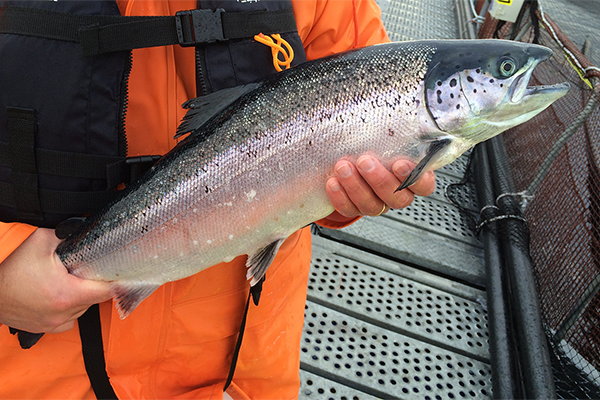
Chile’s National Fisheries and Aquaculture Service – SERNAPESCA – recently reported that the amount of antimicrobials used in the salmonid industry in 2022 dropped by 26.3 percent decrease compared to the prior year.
Last year, the amount of antimicrobials used in the salmonid industry was equivalent to 341.5 tons of active ingredients. The amount of fish received in plants in the period corresponds to 1,066,645 tons, with the industry’s antimicrobial consumption index or ICA (percentage relationship between the amount of antimicrobial used and the tons of biomass harvested) corresponding to 0.032 percent or 320 grams per ton of fish for 2022 vs. 0.047 percent or 470 grams per ton of fish in 2021.
The 2022 ICA of 0.032 percent is the lowest value reported since 2007 (Table 1 in the report), when SERNAPESCA started following and reporting the data.
SERNAPESCA is the national institution in charge of controlling the use of pharmaceutical products for exclusively veterinary use in Chilean aquaculture, which ensures the prudent and responsible use of these therapeutic tools, with the aim of preserving animal health, the environment and human health.
Adolfo Alvial, executive director of Club Innovación Acuícola Chile and ORBE XXI, told the Advocate that the progress made by the sector is encouraging and necessary.
“I must say that there have been strong efforts in the industry, government and academy to actively work to reduce the use of antibiotics in the industry,” he said. “These include the selection and application of the best practices preventing high use of antimicrobials, treatment and pharmaceutical rotation coordination by zones, strict regulations and inspections, and the requirements of the best practices certification systems that are present in almost 100 percent of the companies and facilities.”
Of the total amount of antimicrobials used in national aquaculture during the year 2022, 97.7 percent was administered in the sea phase and 2.3 percent in the freshwater phase.
To incentivize producers who are voluntarily at the forefront of health management – which ultimately translates into low use of antimicrobials – SERNAPESCA offers a voluntary government certification in recognition of these efforts through its PROA-Salmon program. The program began in March 2020, and to date has received more than 300 registration applications and certifying 107 production cycles.
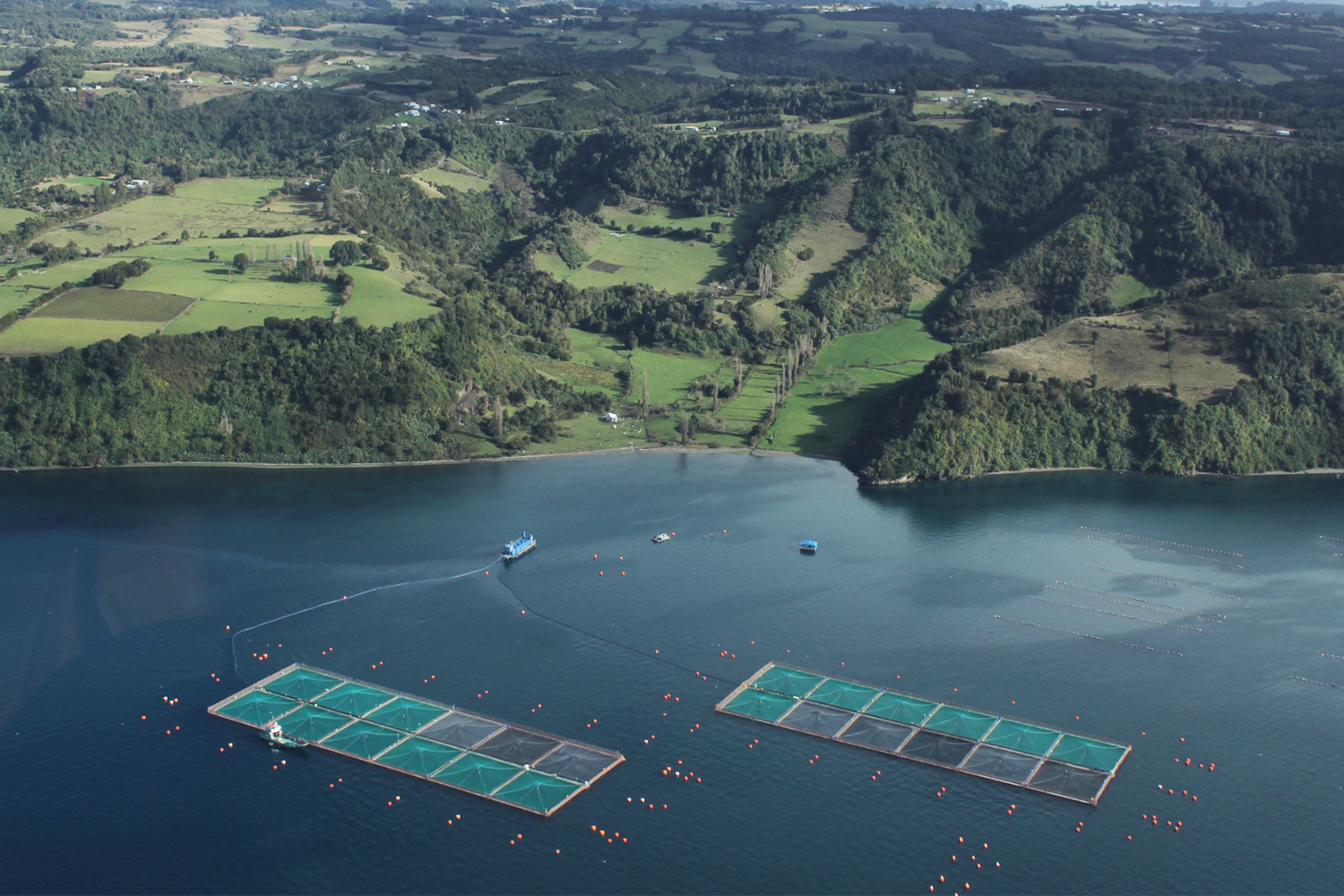
“Due to the success of this program in reducing the use of antimicrobials, the Service urges those companies that have not yet applied for this certification to design sanitary strategies that allow them to achieve said standard,” the report stated.
SERNAPESCA wants to raise awareness about the need to be more efficient with antimicrobial use to prevent resistance. The institution will establish policies to reduce the use of antimicrobials in consideration of animal welfare, including syndromic surveillance and the administration of antimicrobial principles as a last resort.
“The improvement in transparency has also contributed to reducing the use of antibiotics when amounts and rates of use are regularly published,” said Alvial. “Precisely, those records demonstrate that there has been a sustained reduction with just some specific exceptional periods during the last years. This has happened despite the enormous challenge that sea lice and SRS still represent for the industry. So, I am very optimistic that we will keep this trend going into the future.”
Read the full report (in Spanish).
Now that you've reached the end of the article ...
… please consider supporting GSA’s mission to advance responsible seafood practices through education, advocacy and third-party assurances. The Advocate aims to document the evolution of responsible seafood practices and share the expansive knowledge of our vast network of contributors.
By becoming a Global Seafood Alliance member, you’re ensuring that all of the pre-competitive work we do through member benefits, resources and events can continue. Individual membership costs just $50 a year.
Not a GSA member? Join us.
Author
Tagged With
Related Posts
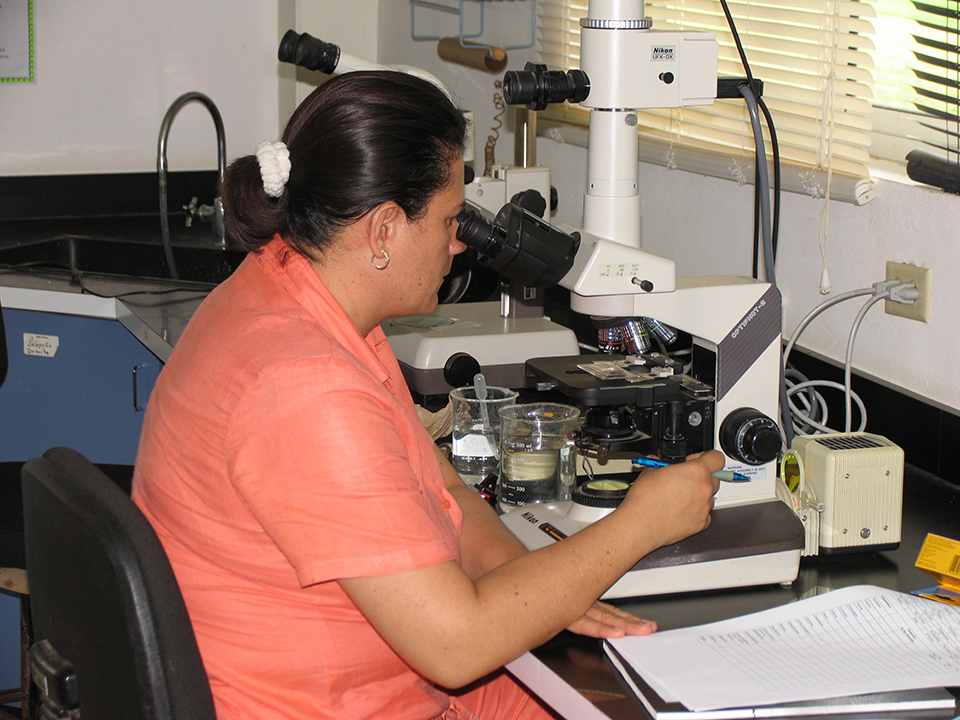
Health & Welfare
Antimicrobial resistance: Aquaculture to humans, humans to aquaculture?
The transfer of resistance from an aquaculture pathogen into a human enteric bacterium has been demonstrated in research and may be happening in the real-world environment.
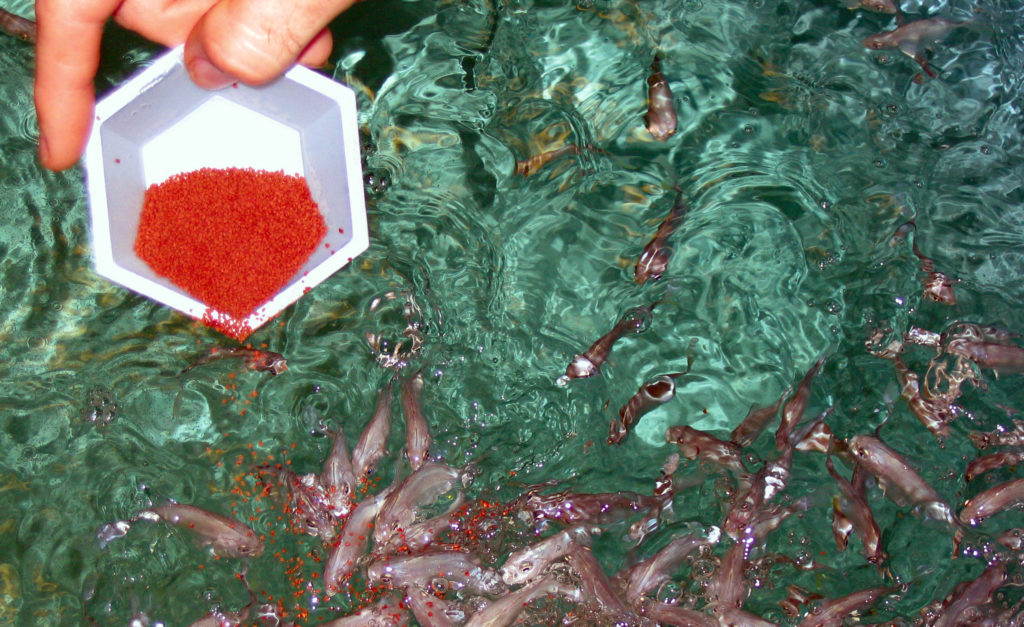
Health & Welfare
Antibiotics in aquaculture: Is responsible use possible?
Regulations on antibiotics in aquaculture vary by country and region, from outright bans to minimal oversight.
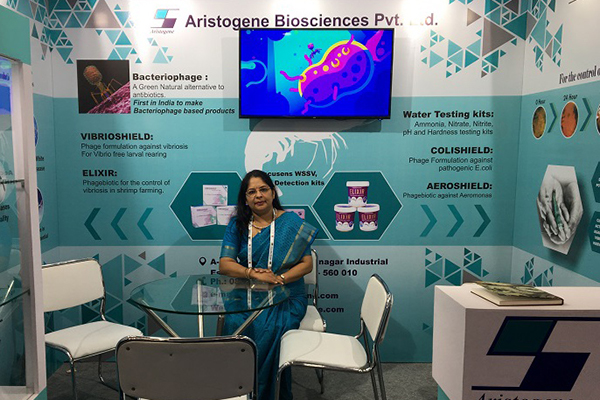
Innovation & Investment
‘Choices are limited when searching for alternatives to antibiotics’: How one veterinarian is employing bacteriophages to fight Vibriosis in shrimp farming
GOAL 2022: Bacteriophages can overcome antibiotics in aquaculture's fight against Vibriosis in shrimp farming, and Dr. C.R. Subhashini is leading that fight.
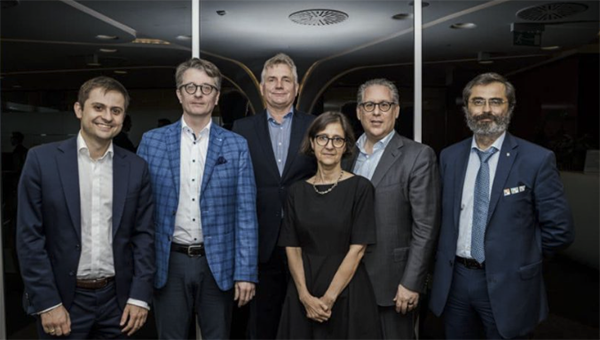
Innovation & Investment
Proteon Pharmaceuticals poised to grow its bacteriophage products for aquaculture
Bacteriophage producer nets €21 million to accelerate the commercialization of its products, which aim to reduce antibiotic usage in aquaculture.



